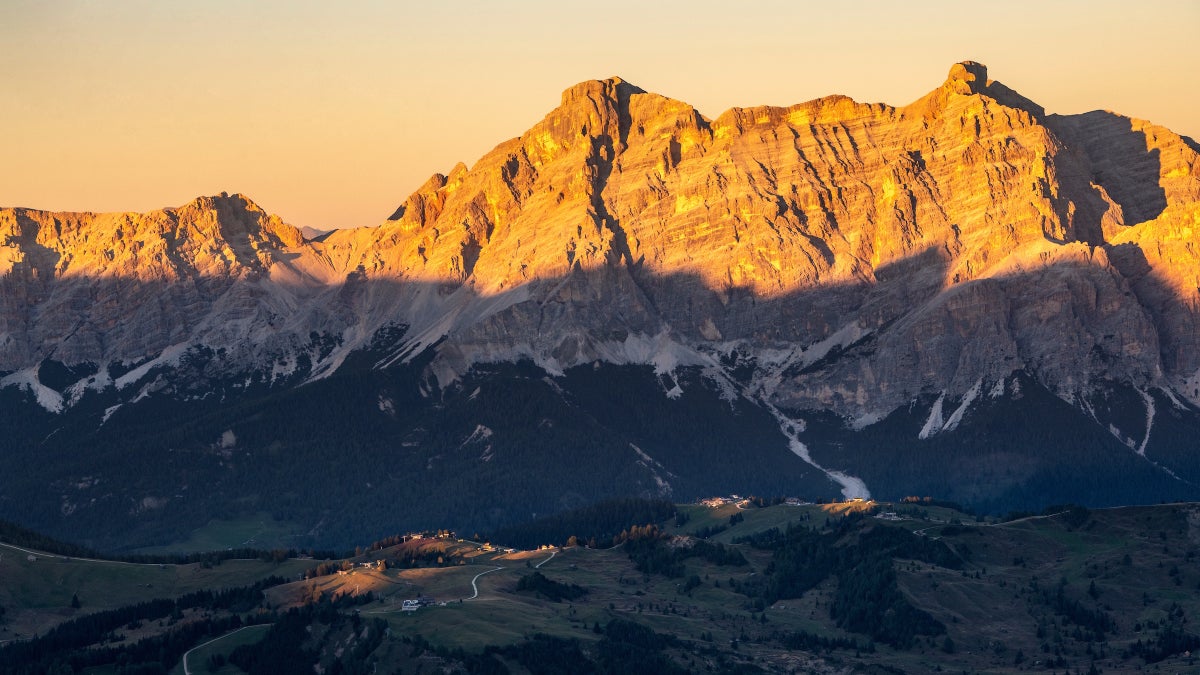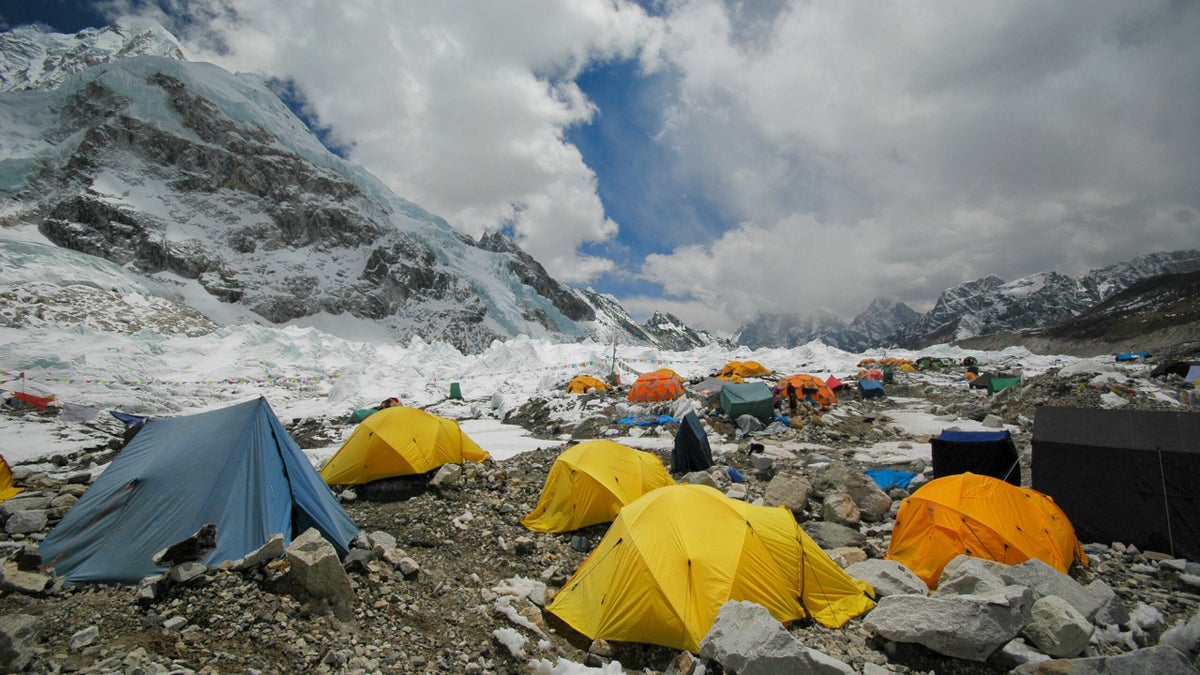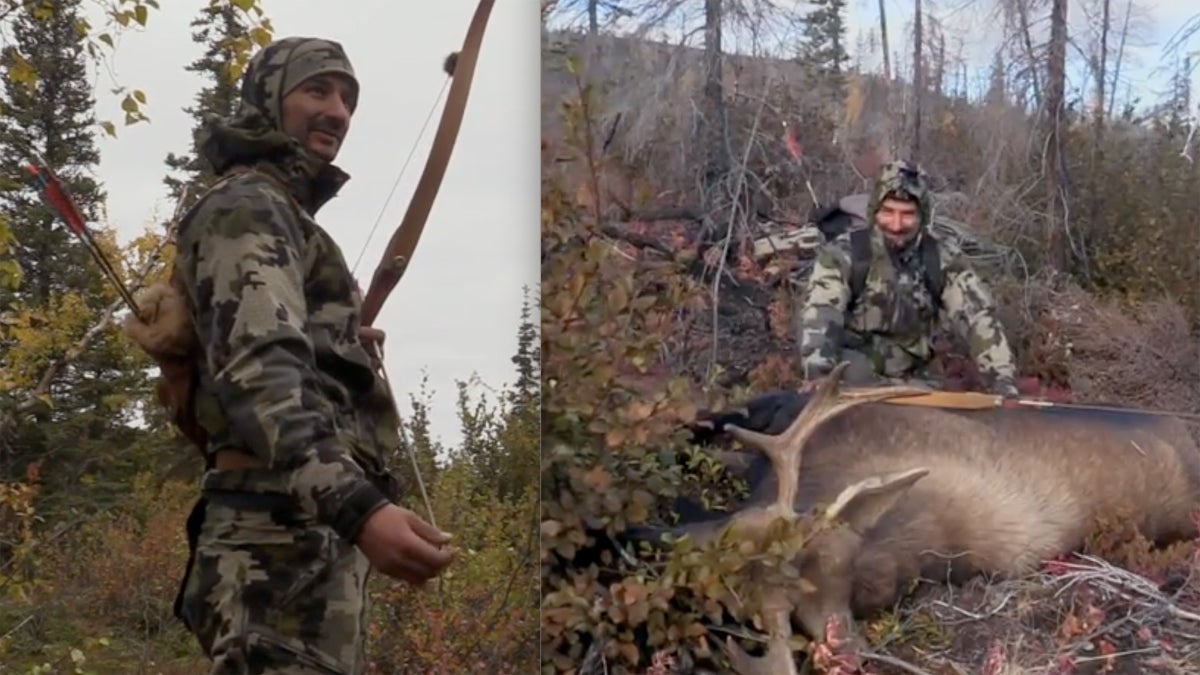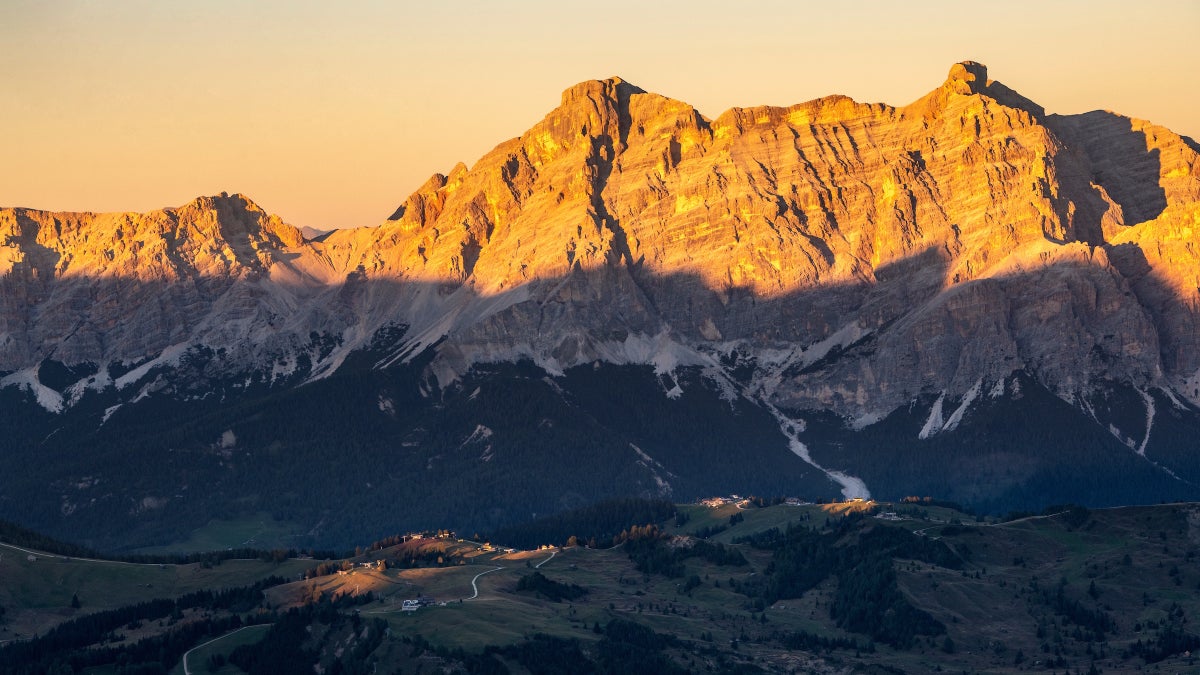
For years, I’ve snubbed Europe’s mountains as soon as the ski season ended. For me, the Alps were long synonymous with winter: hut-to-hut ski tours in the Italian Dolomites, shots of schnapps at après in Austria, and cozy cabins and hearty meals of fondue and raclette in Switzerland.
Around a decade ago, a work assignment took me to the Savoie region of France in June. The landscape was even more dazzling when it wasn’t covered in snow. Azul alpine lakes shimmered. Vast meadows were carpeted in Technicolor wildflowers. Cows, bedecked with giant bells, grazed in the bright green pastures. And the mountain huts that warmed me in winter fueled me with cheese soufflés and glasses of crisp rosé.
Yes, we have plenty of epic hiking opportunities at home in the States, but there was something special about immersing myself in a different culture at such a slow and undistracted pace. When I hike at home in Boulder, Colorado, I tend to be a mountain goat racing to the summit. But hiking in Europe has taught me how to dial it back, embrace the local hospitality, and savor the views.
I’ll admit, some of Europe’s most storied hikes, such as Spain’s Camino de Santiago, and the multi-country Tour du Mont Blanc, intimidate me. If you don’t have a month’s vacation or mountaineering skills, you have plenty of other options.
The following are some of my favorite multi-day hikes in Europe. I’ve chosen a mix of both mellow and challenging trails; most can be broken up in sections if you don’t want to tackle the entire route in one go. All require some planning and basic fitness levels.
Newer hikers, or those who want an assist with logistics, should consider booking a self-guided or fully-guided trip. Not only does this guarantee accommodations (mountain huts book up fast in Europe, just like campsites at America’s top parks), but it also eases your load by taking care of luggage transfers. And fully-guided trips are a great option for nervous solo transfers, or nerds like me who want to know the name of every wildflower and distant peak and understand the history of the region. Happy trails.
1. Mare à Mare Nord, Corsica

Distance: 86 miles
Effort: Challenging
Why we love it: A less congested and less demanding, yet equally scenic alternative to Corsica’s mythical G20 long distance hiking trail, the point-to-point Mare à Mare Nord is bookended by stunning beaches in the village of Moriani on the island’s east coast and the fishing port of Cargèse on the west. Sporty, but not technical, the trail covers more than 7,700 feet of elevation as it winds through chestnut forests, past wild gorges and natural rock pools, and to sleepy mountain villages and coastal towns steeped in tradition.
Need to know: The trail is broken into 12 stages, each taking between four to nine hours. It can typically be completed in 10 to 12 days between mid-April through November. The trail is well-marked with orange paint. Accommodation options can be found here and should be reserved in advance. Local tour company Corsica Aventura offers an 11-day self-guided trip that includes luggage transfers between accommodations (a mix of hotels, mountain huts, and one night camping) as well as most meals (from $1,630).
2. The Causeway Coastal Route, Northern Ireland
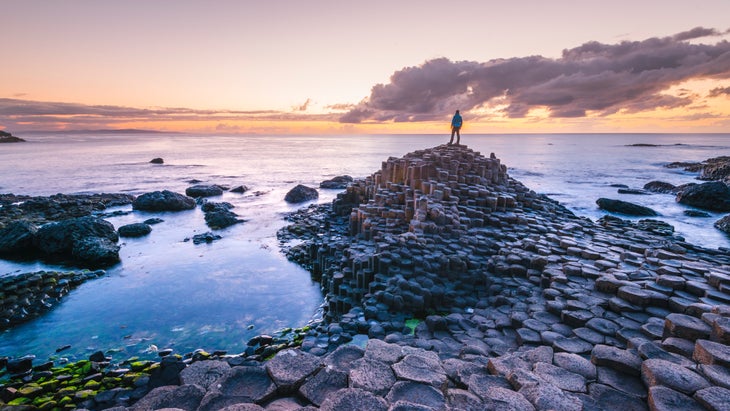
Distance: 33 miles
Effort: Moderate
Why we love it: While it’s primarily known as a road trip, Northern Ireland’s rugged Causeway Coast also makes for an epic hike. A series of clifftop paths and small coastal roads stretch from Belfast to Derry, taking in the raw landscapes that have served as film locations for “Game of Thrones” and “Star Wars.” The route showcases cliff top castles and wild beaches, but the UNESCO-listed Giant’s Causeway, with its 40,000 interlocking basalt columns, is the highlight.
Need to know: This relatively mellow hike is best attempted between June and October. Build in extra time for detours to friendly pubs and Bushmill’s, Ireland’s oldest distillery. Wilderness Ireland offers multiple variations of itineraries for this hike, including a seven-day group trip that tacks on some hiking in the craggy mountains of Glenveagh, Ireland’s second largest national park (from $3,255).
3. Laugavegur Trail, Iceland
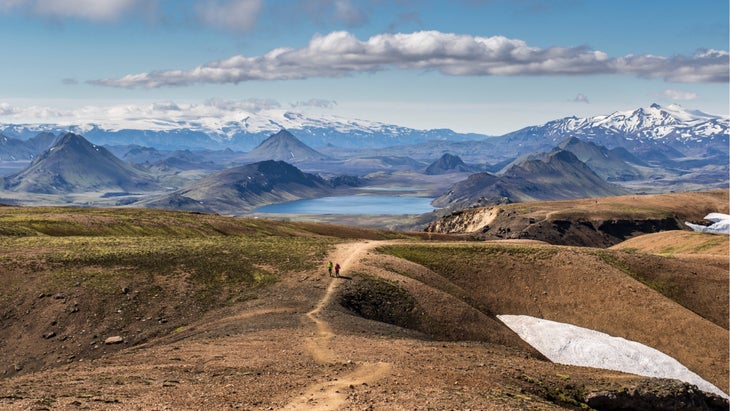
Distance: 35 miles
Effort: Challenging
Why we love it: Petrified lava fields. Snow-crowned peaks. Electric blue glaciers. Tussock meadows. The drama of Iceland’s landscape is at its peak along the Laugavegur Trail. Stretching across the heart of Iceland’s southern region, the trek begins in the highlands of Landmannalaugar, an area known for its hot springs and multi-hued rhyolite mountains, and concludes in the glacial valley of Thórsmörk. Most people conquer the trek in four to five days; overachievers tack on another two days and trek over the next pass to Skógar to see the nearly 200-foot Skógafoss waterfall.
Need to know: Simple mountain huts (from $65) and tents (from $20) are open on the trail from June 20 to September 17, 2025 and must be reserved in advance. Icelandic Mountain Guides offers guided ($2,503) and self-guided ($1,248) treks.
4. Cortina d’Ampezzo to Alta Badia: the Dolomites, Italy
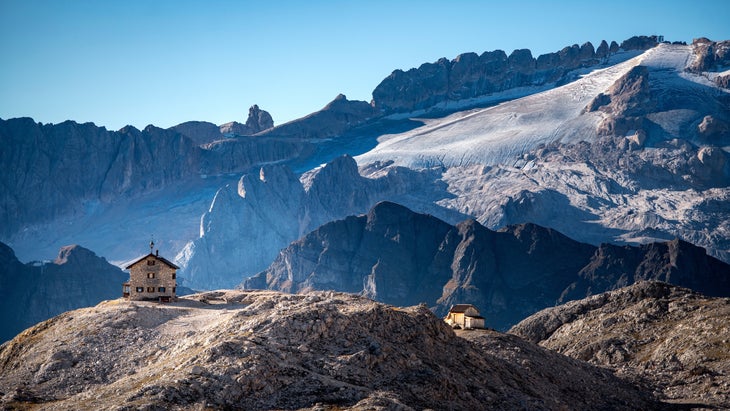
Distance: 37 miles
Effort: Moderate
Why we love it: The fang-like peaks of the Dolomites provide more than a stunning backdrop for trekking. They also deliver a lesson in history, geology, culture, and cuisine. The journey between the Venetian-influenced town of Cortina d’Ampezzo and the Ladin-influenced villages of Alta Badia in South Tyrol takes hikers through mugo pine and larch trees, past World War I tunnels dug into the mountainsides, around the fortress-like Sella Massif, and into the heart of Puez-Odle Nature Park. Along the way, you’ll stay in charming rifugios that serve typical local dishes such as canederli (bread dumplings).
Need to know: Mid-June to early October is the best time for hiking in this region. Most people devote one week to this trek, planning for four to seven hours of hiking a day. You’ll want to prep your legs for some serious ascents and descents. The Dolomites are known for their vast network of rifugios, which offer private rooms and shared rooms, home-cooked meals, and some, like Rifugio Lagazuoi (from $85 for a dorm-style room), now feature saunas. Dolomite Mountains, one of the region’s most respected adventure operators, offers seven-day guided (from $4,570) and self-guided itineraries ($1,920) that include transfers, rifugios, and meals.
5. The Great Glen Way, Scotland
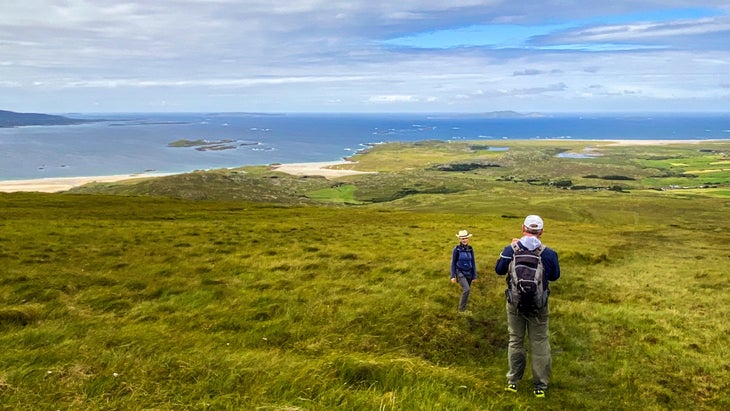
Distance: 79
Effort: Moderate
Why we love it: The West Highland Way is considered the granddaddy of Scotland’s long-distance hikes, but this shorter, tamer coast-to-coast route is a fantastic option for less experienced hikers thanks to its gentler terrain and more gradual ascents. The trail begins beneath the slopes of Ben Nevis, Britain’s highest mountain, and stretches east across the Highlands to its terminus in Inverness. You’ll be properly warmed up for the second half, when the trail gradually gets more challenging as it winds up the hillsides above the famed Loch Ness. Keep an eye out for Nessie.
Need to know: Your best chance of avoiding midges (pesky, gnat-like flies) is to hike in April or May—added bonus, the flowers will be in bloom. Summer is warmer and drier, but more crowded. The leaves are golden in fall, but the midges are still around. The trail is dotted with humble guesthouses and B&B-style accommodations. Give yourself four to eight days to complete the trek. Wilderness Scotland runs an eight-day self-guided itinerary that ranges from seven to 18 miles per day and includes meals, accommodations, and luggage transfers (from $1,302).
6. GR92 Mediterranean Trail, Spain

Distance: 348 miles
Effort: Challenging
Why we love it: Spain’s answer to Italy’s iconic Cinque Terre trek, this long-distance trail is broken into 33 stages that hug the Catalan coastline. Throughout parts, you can dip your toes in the sea at quiet beaches. At other points, you’re admiring the azure waters and rocky coastline from high up in the massifs of the Catalan coastal mountain range.
Need to know: The entire trail can take anywhere from eight to 16 days depending on your pace. Many people choose to tackle the first four stages (about 42 miles) on the dreamy Costa Brava. Stage one begins near the French border in the town of Portbou, which can be reached by a 2 hour 30 minute train ride from Barcelona. From there, you’ll pass through the fishing town Cadaqués, an artist haven where Salvador Dalí found inspiration. The fourth stage provides hikers a glimpse of the wetlands in Aiguamolls de l’Empordà Natural Park. The Mediterranean climate allows for hiking year round. Be warned, summer can get hot, even on the coast. Outfitter Walking Costa Brava! offers an easy, week-long self-guided itinerary on the GR92’s Costa Brava stretch (from $1,000).
7. Kesch Trek, Switzerland

Distance: 37
Effort: Moderate
Why we love it: Graubünden, Switzerland’s largest and highest altitude mountain region, is better known for its winter ski resorts, like St. Moritz, Davos, and Laax. But when summer arrives, it’s a hiker’s paradise. This classic jaunt between the Flüela and Albula Passes engulfs hikers amid soaring peaks and glacial landscapes. During the hike, glimmering alpine lakes beckon hikers to cool off with a brisk dip. The trek can be completed in four days and connects to three of Switzerland’s comfiest mountain huts, including the solar-powered Kesch Hütte, which has its own climbing garden with various bolted routes.
Need to know: The trek is accessible between July and September. Hut reservations are essential and dormitory rooms start at $55 per night. The trek’s three huts offer a bargain three-night package that includes half-board (breakfast and lunch) and optional picnic lunches for $500. The first day is relatively low-effort. If time allows, consider climbing to the 10,325-foot summit of Flüela Schwarzhorn.
8. Bled to Lake Bohinj: the Julian Alps, Slovenia

Distance: 42
Effort: Test-your-mettle challenging
Why we love it: The sparkling lakes of Bled and Bohinj are downright fairytale worthy, and Slovenia’s awesome hut system still flies under the radar. The Alpine Association of Slovenia maintains more than 170 mountain shelters across a trail network of 6,200-plus miles. This challenging route in the Julian Alps showcases medieval castles, plunging waterfalls, and the wild beauty of Triglav National Park, home to seven lakes and Slovenia’s highest peak. Along the way, you’ll pop into sleepy villages where locals will renew your energy with homemade brandy and schnapps.
Need to know: You’ll want to reserve mountain huts at least one week in advance during peak season in July and August (but it’s worth it to see the wildflowers in bloom). Huts start at $25 per person, per night. Note, some have limited water so showering might not be possible. Macs Adventure runs an affordable, eight-day, self-guided trip that includes a mix of hut and hotel stays, luggage transfers, and meals (from $1,995).
9. Stubai High Trail, Austria

Distance: 50
Effort: Challenging
Why we love it: Be transported to the “Sound of Music” as you trek a horseshoe-shaped route high above the lakes, glaciers, and alpine meadows of the Stubai Valley. The hike has a total elevation gain and loss of just over 37,000 feet, so make sure your legs are conditioned. Eight historic mountain huts connect the seven stages of the trail. Each has its own challenges and takes between four to seven hours to complete. But the warm, Tyrolean hospitality (and fresh-from-the oven strudel) that awaits at the end of each stage is motivation to keep trekking.
Need to know: Huts should be booked at least a month in advance. Most offer a mix of accommodations ranging from dorm-style rooms that require sleeping pads (from $20) to private rooms (from $55); all serve hearty, Tyrolean fare. The trail typically takes nine days. Some hikers tack on days and use the Franz-Senn Hütte, located at stage two, to acclimate and train. Perched at 7,044 feet, via ferratas and climbing parks surround the classic Bavarian lodging, which has wifi, too. Hiking company Hut to Hut Hiking Austria has a nine-day, self-guided itinerary that includes hut reservations and most meals (from $1,585).
10. Classic Loop of Jotunheimen National Park, Norway
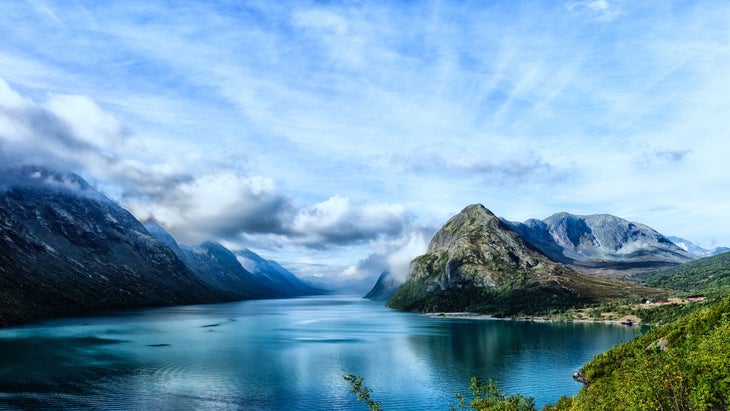
Distance: 58 miles
Effort: Test-your-mettle challenging
Why we love it: Jotunheimen translates to “home of the giants,” a nod to being home of the tallest mountains in northern Europe. It’s possible to loop the park, staying in historic mountain huts managed by the Norwegian Trekking Association throughout the journey. This circuit includes a strenuous ascent of bucket-list Besseggen Ridge, an 8.7-mile trail with 3,608 feet of elevation gain. Panoramic views of emerald and turquoise lakes, electric blue glaciers, and snow-crowned peaks make every step worth the effort.
Need to know: The cabins within the park average $105 a night and should be reserved in advance; note some require boat crossings to reach and those tickets should also be purchased in advance (from $7 each way). This hike is best during the summer to avoid snow or ice. Give yourself six to eight days—more if you want to summit Norway’s highest peak, Galdhøpiggen. Ease logistics by booking a self-guided circuit with Jotunheimen Travel, a tour operator in the park that takes care of transfers to and from Oslo, hut reservations, meals, luggage transport, and boat crossings (from $1,930).
Jen Murphy is a regular Outside contributor. She recently wrote about the world’s best bike tours and North America’s best surf schools. She is an avid hiker and will be trekking hut-to-hut in the Dolomites this summer.

The post After 10 Years Hiking Europe, These Are My 10 Favorite Treks appeared first on Outside Online.











